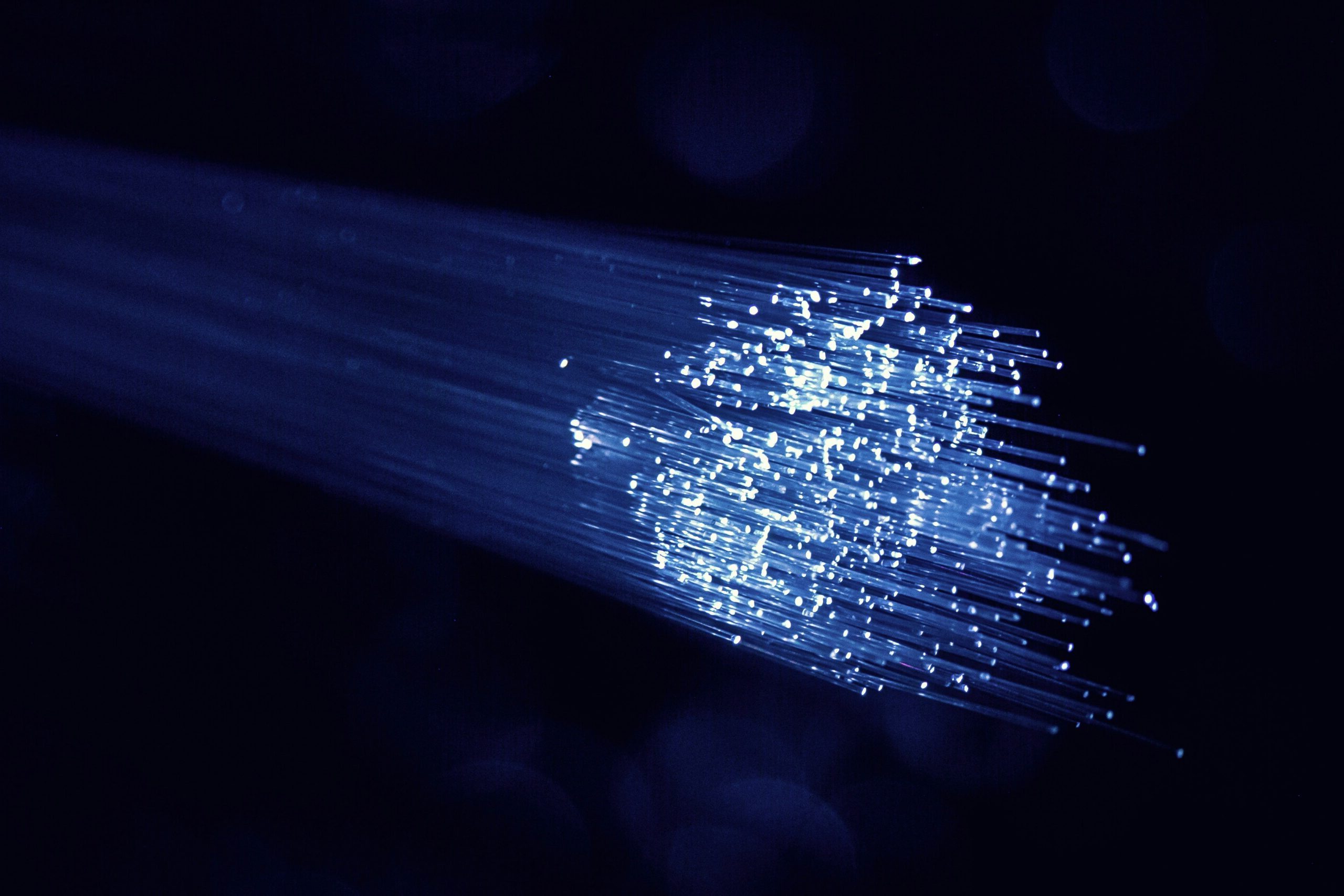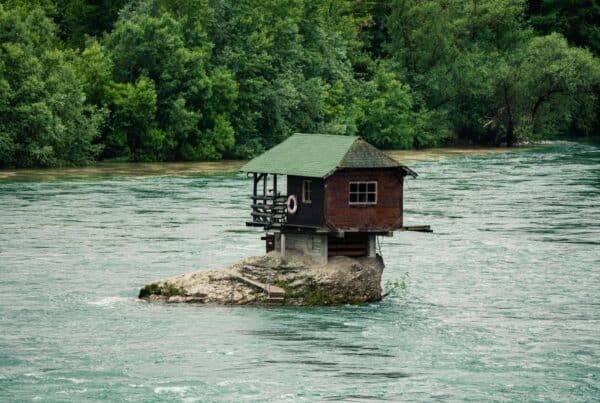Romanian internet population data
Romania’s internet penetration rate is one of the highest in Europe, surpassing even some of the continent’s wealthiest countries like France, Belgium, Finland, and Austria. In January 2023, Romania had 17.82 million internet users, indicating an 88.9% internet penetration rate of the total population. This represents a 4.1% increase or an addition of 705 thousand users from the previous year. Despite this significant internet usage, 11.1% of the population, or about 2.23 million people, remained offline at the beginning of the year. It’s also noted that due to the complexities in data collection and analysis, the actual figures for internet adoption and growth may be higher than reported.[1]

This widespread connectivity is largely attributed to the proliferation of small neighbourhood Internet service providers that have offered affordable and localized internet access.[2] These local providers have been instrumental in laying the foundation for Romania’s digital landscape, demonstrating the significant impact of grassroots initiatives on national internet coverage.
Romania reported 13.50 million social media users in January 2023, accounting for 67.3% of the total population. Out of the total population aged 18 and above, 72.6% were using social media at the start of 2023, equating to about 11.76 million users. Among Romania’s total internet user base, 75.8% engaged with at least one social media platform in January 2023. Demographically, the split was fairly even with 50.4% of social media users being female and 49.6% male.[3]
Role of Local Networks and the importance of connectivity
These small-scale entrepreneurs have established networks covering limited areas, often just a few blocks, catering to several hundred customers each. Despite their modest size, these networks collectively have played a pivotal role in Romania’s internet success. The International Telecommunication Union (ITU), a specialized agency of the United Nations for information and communication technologies, recognizes the widespread local networks as a key factor in Romania’s digital achievements.[4] Similarly, the European Commission has acknowledged these local networks as a viable complementary model to boost internet connectivity across the continent.
Despite the success stories in countries like Romania, global internet connectivity remains a challenge. An UN study indicates that 2.9 billion people worldwide are still offline, with 96% residing in the least developed countries.[5] The absence of connectivity exacerbates a range of issues, including corruption, restricted press freedom, and hindered economic development.[6] The digitally excluded populations face severe challenges, including illiteracy, limited access to education, absence of basic digital skills, and entrenched poverty.
The digital infrastructure of Romania
The National Strategy for Romanian Digital Agenda 2020 is a key document outlining Romania’s approach to broadband and digital infrastructure development.[7] It is aligned with broader European Union initiatives and aims to transition into a Gigabit Society. The strategy encompasses a variety of fields of action, with broadband and digital services infrastructure being a primary focus.
A central aspect of the strategy is the development of Next Generation Network infrastructure,[8] with a particular emphasis on extending fibre networks as close to the end user as possible. This approach is designed to provide robust, high-speed internet access that is critical for both individual and commercial digital activities.
Additionally, in 2019, Romania adopted the National Strategy for the Implementation of 5G,[9] marking a significant step in enhancing its telecommunications infrastructure. The strategy outlines the framework for the rollout of 5G networks, which are expected to enable a new generation of digital services and applications.
Recent data from the second quarter of 2023 highlights significant advancements in internet speeds across the European Union. Italy, for instance, has surpassed the EU threshold with an average speed of 142.7 Mbps. However, three EU member states in South-Eastern Europe still have average speeds below 100 Mbps: Bulgaria at 98.3 Mbps, Croatia at 90.2 Mbps, and Greece at 60.3 Mbps. Greece’s performance is notably low, comparable to some non-EU countries in the region.
Data on Romanian connectivity
In the broader South-Eastern European context, Greece’s internet speed is similar or sometimes lower than its non-EU neighbours. Serbia, Montenegro, Kosovo, and Albania all have average speeds ranging from about 61.89 to 92.06 Mbps. Notably, North Macedonia and Bosnia Herzegovina are at the bottom of the regional list with download speeds of 45.62 Mbps and 44.81 Mbps, respectively.
Contrasting with its regional neighbours, Romania distinguishes itself with remarkably high internet speeds, ranking third in the EU for landline Internet services. With an average speed of around 204.7 Mbps, Romania is just slightly behind Spain (205.1 Mbps) and ahead of many other EU countries. France leads in Europe with the highest internet speed of 242 Mbps.
The backbone of Romania’s advanced internet services is attributed to strategic investments in developing digital infrastructures. These investments have not only enhanced the quality of connectivity for residents but have also positioned Romania as an attractive destination for investors and a fertile ground for new business development. The commitment to digital growth and accessibility has been a key driver in elevating the country’s internet services to cutting-edge levels.
Ookla’s comprehensive data showcases that Romania’s impressive internet performance isn’t confined to its large urban centres. A significant majority of municipalities, 1964 out of 3001 or 65.4%, enjoy download speeds of at least 100 Mbps. This widespread high-speed internet availability is indicative of the country’s robust digital infrastructure, extending beyond major cities into smaller towns and communities.
Internet affordability in Romania
Romania stands out in the European Union and globally for offering some of the most affordable fixed internet services. Climbing three positions in the global ranking, Romania now boasts an average monthly broadband cost of RON 35 (USD 7.57), marking a decrease from the previous year. The range of internet packages varies significantly, with the cheapest subscription at RON 6 (USD 1.30) and the most expensive at RON 45 (USD 9.73), as reported by a comprehensive study from Cable.co.uk.[10] This affordability comes despite the country’s high internet coverage rate and speed, with 87.1% of households having access to high-speed internet.
Globally, Sudan leads with the cheapest fixed-line broadband at an average of USD 2.30 per month, while Burundi sits at the opposite end of the spectrum as the most expensive, with an average cost of USD 383.79 per month. Notably, no Western European country ranks in the top 50 for cheapest broadband, and the United States also sees a relatively high average cost of USD 59.99 per month for broadband packages.
In Eastern Europe, 14 countries are recognized in the study, with all featuring in the top half of the global table for affordability. Romania, Bulgaria, and Kosovo are highlighted as the cheapest in the region, while Slovenia, Czechia, and Montenegro are the most expensive. On average, Eastern Europe offers broadband at USD 19.22 per month, positioning it as the second cheapest region globally for fixed internet services.
Commenting the findings of the research, Dan Howdle, consumer telecoms analyst at Cable.co.uk, said:[11] “It is not altogether too surprising that the most advanced, developed nations tend to have some of the most expensive broadband. After all, earnings are higher, and investment and rollout of new technologies tend to be ahead of the curve. […] It is interesting, however, that the cheapest broadband in the world tends to be in Eastern Europe and CIS nations. These countries tend to have some of the most advanced infrastructure (high full fiber FTTP coverage) and are somehow able to offer it to users at very low prices. In a way it obliterates the notion that regions such as Western Europe and North America pay more because of the cost of rolling out new technologies, and actually points more readily to the idea that people in these countries are made to pay more simply because they can be.”
European support
The European Commission, recognizing the critical nature of digital infrastructure, adopted the first multiannual work program as part of the Connecting Europe Facility (CEF Digital) in 2021.[12] This initiative aims to catalyse public and private investments in digital connectivity infrastructures from 2021 to 2027. With a commitment of over EUR 1 billion, the EU seeks to enhance and secure Europe’s digital connectivity infrastructure, focusing on gigabit broadband connections and the advancement of 5G networks.
The overarching goal of these efforts is to ensure that all households in populated areas have access to 5G high-speed internet by 2030, a target that reflects the growing importance of digital connectivity in economic, social, and personal realms across Europe.
A significant portion of the investment in Romania’s digital infrastructure has been facilitated by the EU cohesion policy. In the 2014-2020 period, Romania received over 455 million Euros specifically for projects related to information technology and telecommunications, with more than 54 million dollars of that amount dedicated to consumer broadband development. Managed by seven Romanian-based companies, these projects have played a crucial role in enhancing internet speeds and access across the country, contributing to the nation’s high ranking in global internet speed metrics.[13]
Sources
- https://datareportal.com/reports/digital-2023-romania ↑
- https://medium.com/@gabriel_morin/10-years-later-diy-romanian-kids-are-today-s-network-expert-ccb25cd1967 ↑
- https://datareportal.com/reports/digital-2023-romania ↑
- https://www.itu.int/ITU-D/treg/broadband/BB_MDG_Romania_BBCOM.pdf ↑
- https://www.un.org/en/delegate/itu-29-billion-people-still-offline ↑
- https://www.jstor.org/stable/41342482 ↑
- https://gov.ro/en/government/cabinet-meeting/national-strategy-on-the-digital-agenda-for-romania-2020 ↑
- https://www.comunicatii.gov.ro/planul-national-de-dezvoltare-a-infrastructurii-ngn/ ↑
- https://www.ancom.ro/strategia-5g-pentru-romania-_6167 ↑
- https://www.cable.co.uk/broadband/pricing/worldwide-comparison/#speed ↑
- https://www.cable.co.uk/broadband/worldwide-pricing/2023/broadband_price_comparison_press_release.pdf ↑
- https://commission.europa.eu/funding-tenders/find-funding/eu-funding-programmes/connecting-europe-facility_en ↑
- http://investromania.gov.ro/web/internet-infrastructure/ ↑





